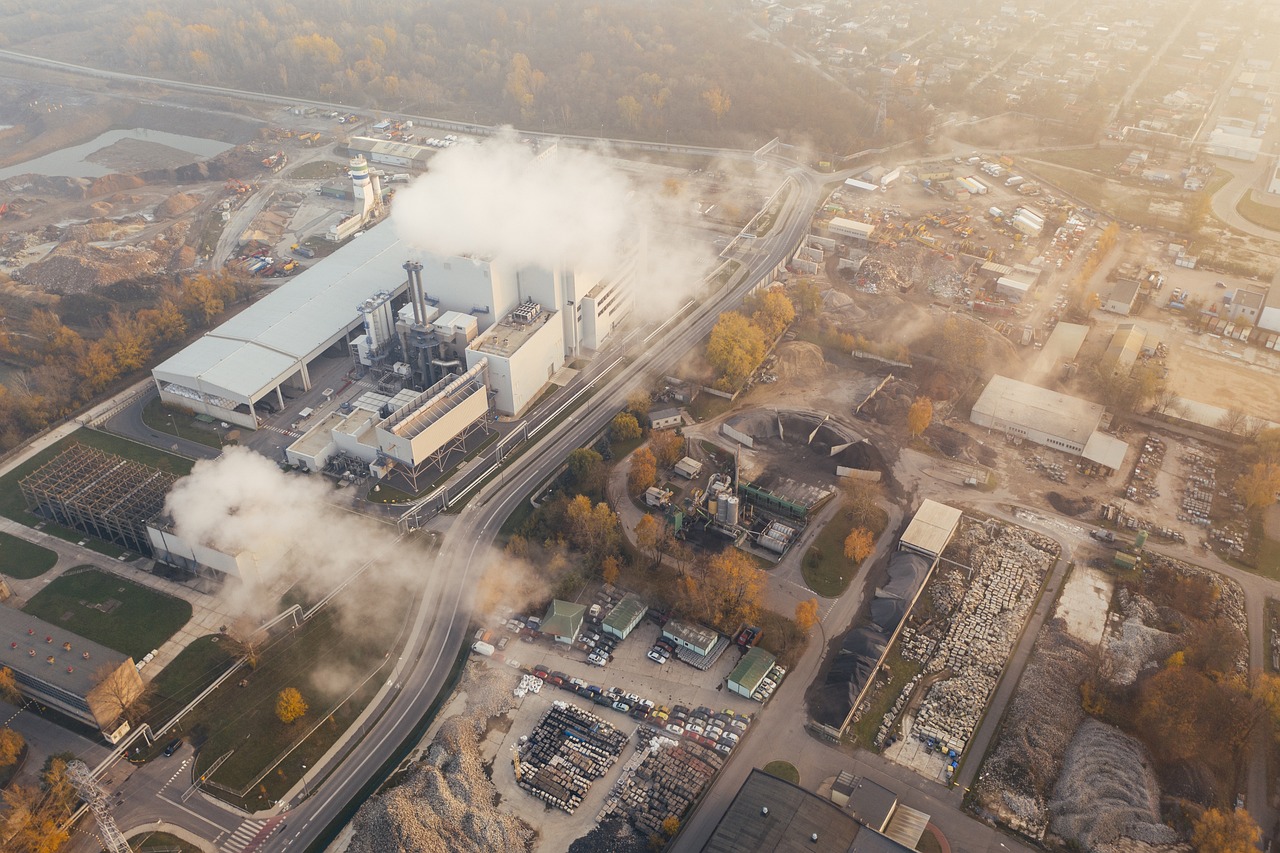Earth system | Stability | Declining | Critical Indicators

Our earth has exceeded seven of eight globally quantified planetary health and justice indicators, says a recently published study by the Earth Commission, an international team of leading natural and social scientists, and five working groups of additional experts.
The study measured eight areas — climate change, aerosols (air pollution), surface water, groundwater, nitrogen fertiliser, phosphorus fertiliser, balance in natural ecosystems, and the functional integrity of all ecosystems.
For this, the study proposed and quantified a set of ‘safe and just’ Earth system boundaries (ESBs) for each of the Earth system domains — climate, the biosphere, fresh water, nutrients, and air pollution at global and sub-global scales — that maintain the Earth system resilience, with multiple levels of likelihood reflecting uncertainty or variability in the exact position of the boundary.
Global warming has exceeded the threshold of 1°C over pre-industrial levels resulting in a further climatic feedback loop. Around 60 % of the earth should be occupied by natural ecosystems for the “safe and just” earth stream. However, the percentage of the planet’s intact biosphere is between 45 % to 50 %.
The standard for surface water is that no catchment area should have more than 20 % of the flow of rivers and streams impeded since it results in poor water quality and habitat loss for freshwater species. However, hydroelectric dams, drainage systems, and other infrastructure constructions have already gone beyond the “safe boundary” on a third of the world’s territory.
The growing practice of spraying more nutrients — nitrogen and phosphorus — than the plants and soil can hold is causing runoffs into water systems making it unsafe for people to drink.
There is a significant risk to human health from exposure to aerosols, such as particulate matter (PM2.5), which is linked to respiratory conditions, cardiac issues, asthma, and premature deaths.
The surge of novel entities, such as microplastics, antibiotics, radioactive waste, heavy metals, and other emerging pollutants has hindered the functioning of the Earth system, human health, and food security.
If these criteria are not addressed soon, it may pose immense threats to the life-support systems and social equality.
“Humanity is well into the Anthropocene, the proposed new geological epoch where human pressures have put the Earth system on a trajectory moving rapidly away from the stable Holocene state of the past 12,000 years, which is the only state of the Earth system we have evidence of being able to support the world as we know it.”, says the study.

Read More Stories
Kathmandu’s decay: From glorious past to ominous future
Kathmandu: The legend and the legacy Legend about Kathmandus evolution holds that the...
Kathmandu - A crumbling valley!
Valleys and cities should be young, vibrant, inspiring and full of hopes with...
Today’s weather: Monsoon deepens across Nepal, bringing rain, risk, and rising rivers
Monsoon winds have taken hold across Nepal, with cloudy skies and bouts of...